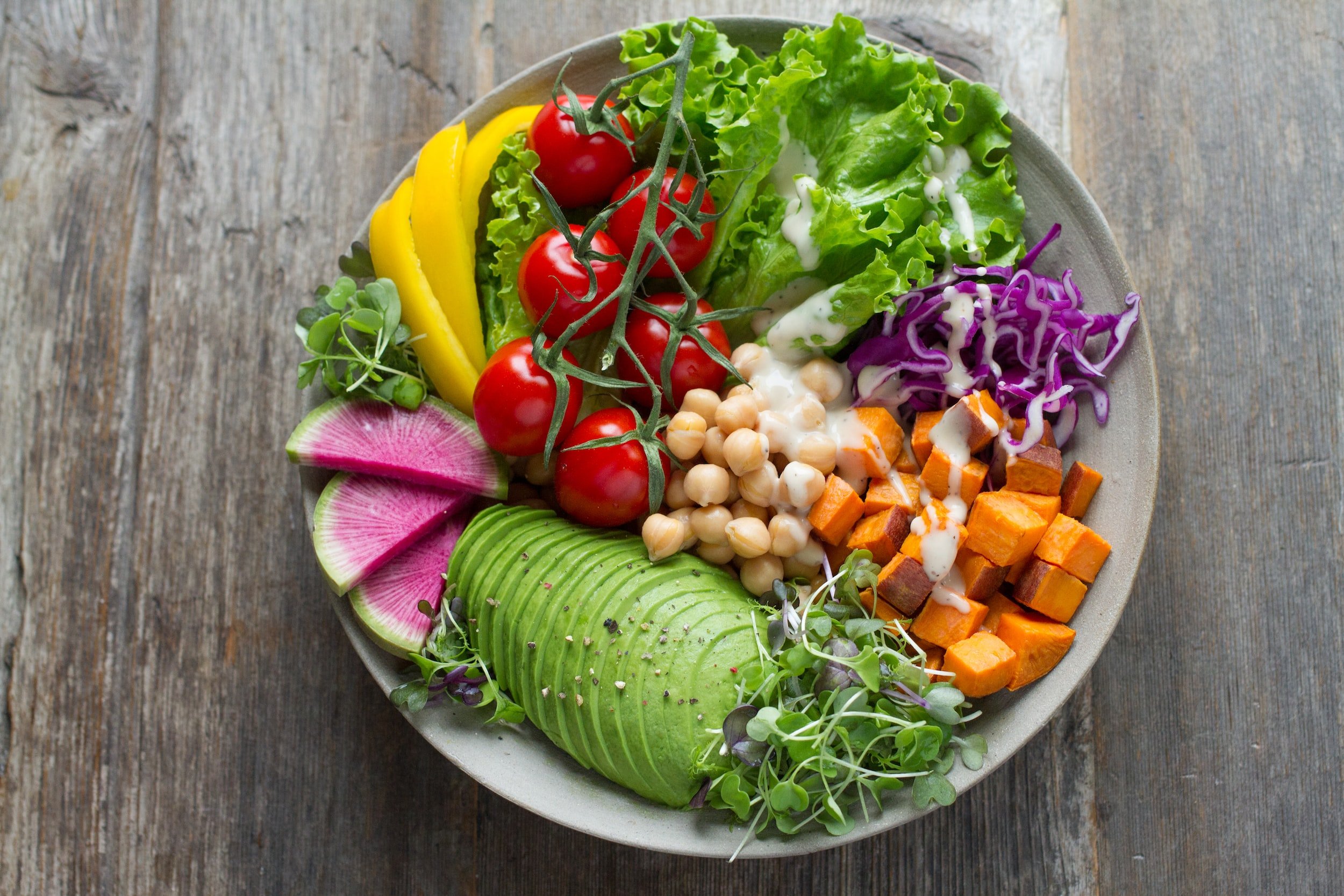
Eating well feels good. It fuels your body properly. A balanced plate is your goal. It provides all vital nutrients. You get sustained energy too. It supports overall health greatly. No single food offers everything. Variety on your plate is key. Understanding food groups helps. This simple approach transforms meals. It makes healthy eating easy.
A balanced plate is your goal.
Think of your plate as a canvas. Each section plays a distinct role. It holds different food groups. This ensures nutritional completeness. You get carbohydrates for energy. Protein for building and repair. Healthy fats for vital functions. Vitamins and minerals abound. It’s a holistic approach to eating. It fosters overall well-being.
It provides all vital nutrients.
Your body needs many things. Carbohydrates, proteins, fats are macronutrients. They give you energy. Vitamins and minerals are micronutrients. They support countless body processes. A balanced plate ensures you get them. It prevents deficiencies. It optimizes your body’s functions. This comprehensive intake is key. It supports every cell you have.
You get sustained energy too.
Balanced meals prevent crashes. Complex carbs offer steady fuel. Protein and fats slow digestion. This keeps blood sugar stable. You avoid energy dips. Focus improves throughout the day. Sustained energy helps productivity. It prevents overeating later. It keeps you feeling full longer. This steady supply is ideal.
Understanding food groups helps.
Knowing what foods belong where. It simplifies meal construction greatly. Divide your plate visually. Half for vegetables and fruits. A quarter for lean protein. Another quarter for whole grains. A small portion for healthy fats. This visual guide is intuitive. It makes balanced eating effortless. It’s a practical framework.
Half for vegetables and fruits.
These are nutrient powerhouses. They provide vitamins, minerals, fiber. Aim for a wide range of colors. Each color offers different benefits. Berries, apples, leafy greens, broccoli. They fill you up with few calories. Fiber aids digestion greatly. It keeps you feeling full. Make them the star of your meal. They should cover half your plate.
A quarter for lean protein.
Protein is crucial for muscles. It builds and repairs body tissues. Choose lean sources wisely. Chicken, fish, tofu, beans are good. Eggs, lentils, and Greek yogurt too. Protein provides satiety. It prevents hunger pangs. It helps manage your weight. This portion supports your body. It’s vital for strength.
Another quarter for whole grains.
Grains offer complex carbohydrates. They provide sustained energy release. Brown rice, quinoa, whole wheat pasta are examples. Oats, barley, and whole grain bread too. They contain fiber and B vitamins. These support metabolism. Avoid refined grains like white bread. They spike blood sugar fast. Choose whole versions always.
A small portion for healthy fats.
Fats are essential, in moderation. They support brain and hormone function. Olive oil, avocados, nuts, seeds are good. They help absorb fat-soluble vitamins. Omega-3s are anti-inflammatory. Found in fatty fish, flaxseeds. A small amount is enough. Too much adds excess calories. Choose wisely for optimal benefits.
This visual guide is intuitive.
It’s easy to remember this layout. You don’t need to count calories. Just visualize the plate sections. This simplicity makes it practical. It empowers quick meal decisions. It works for any cuisine too. Whether home-cooked or dining out. This method is highly adaptable. It provides a flexible framework.
Make them the star of your meal.
Vegetables and fruits should dominate. Fill half your plate first. This ensures high fiber and nutrients. It naturally reduces calorie density. They provide volume and satisfaction. Get creative with preparations. Roast, steam, or stir-fry them. Add them to every meal possible. They are foundational to health.
It builds and repairs body tissues.
Protein is the body’s building block. Every cell needs protein. Muscles, organs, skin, hair, nails. Enzymes and hormones also need it. Adequate protein supports recovery. It’s crucial after exercise. It maintains muscle mass as you age. This macronutrient is non-negotiable. Ensure sufficient intake daily.
They provide sustained energy release.
Whole grains are slow-burning fuel. Their fiber content slows digestion. Glucose enters the bloodstream gradually. This prevents sudden energy drops. It keeps you feeling active. You avoid reaching for quick fixes. This steady supply is perfect. It supports long periods of focus. It’s a smarter energy choice.
They support brain and hormone function.
Healthy fats are vital for cells. They are crucial for brain health. They form cell membranes. They are precursors for hormones. Omega-3s are especially important. They reduce inflammation throughout. They support cognitive function. Don’t fear healthy fats. They are essential for overall well-being. Choose quality sources.
Be Mindful of Portion Sizes
Even good foods in excess. Too much can still lead to weight gain. The plate method guides proportions. But individual needs vary. Active people need more. Less active individuals need less. Listen to your hunger cues. Eat until satisfied, not stuffed. Portion control is a learned skill. It improves with practice.
Drink Plenty of Water
Hydration is often overlooked. Water is essential for digestion. It helps transport nutrients. It aids in waste removal. It keeps you feeling full too. Drink water throughout the day. Avoid sugary drinks always. They add empty calories. Water supports every body function. Make it your primary beverage.
Plan Meals and Snacks
Preparation makes it easier. Having healthy options available helps. Plan your meals for the week. Prepare ingredients in advance. Pack balanced lunches. Have healthy snacks ready. This reduces reliance on fast food. It makes healthy choices automatic. Consistency comes from planning. It empowers your journey.
Balance Throughout the Day
Don’t judge single meals strictly. Look at your intake over 24 hours. One less-than-perfect meal is fine. Balance it with healthier choices later. The overall pattern matters most. Strive for variety daily. Mix and match food groups. This holistic view reduces stress. It promotes sustainable habits.
Get Creative and Experiment
Healthy eating doesn’t mean bland. Explore new recipes and ingredients. Try different cooking methods. Experiment with herbs and spices. Make vegetables exciting. Discover new whole grains. Find plant-based protein dishes. Enjoy the process of creation. Food should be a pleasure. Make it a fun adventure.
Listen to Your Body’s Cues
Hunger and fullness signals are key. Eat when you are truly hungry. Stop when you feel comfortably full. Avoid emotional eating. Pay attention to how foods make you feel. Do they give you energy? Or make you sluggish? This mindful approach helps. It creates a personalized eating plan.
Building the perfect balanced plate involves consciously dividing it into half fruits/vegetables, a quarter lean protein, a quarter whole grains, and a small portion of healthy fats, ensuring nutrient variety and sustained energy.
